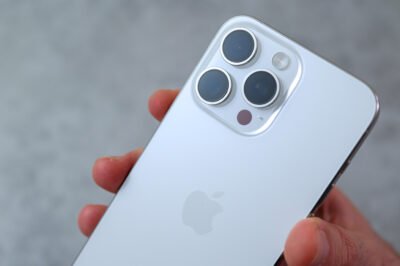The iPhone, Apple’s iconic smartphone, has undergone a remarkable transformation since its debut in 2007. Along with technological advancements, the device’s weight has also evolved, reflecting the changing preferences of users and the introduction of new materials. Let’s embark on a journey through the years, examining how iPhone weight has changed over time.
The Early Generations: From Hefty to Streamlined

The original iPhone, weighing 135 grams (4.82 ounces), marked the beginning of a new era in mobile computing. While it was slightly heavier than its contemporaries, its sleek design and intuitive user interface set it apart. As the years progressed, Apple introduced lighter models, such as the iPhone 4 (137 grams) and the iPhone 5 (112 grams), catering to user preferences for more comfortable handling.
The Rise of Larger Screens: A Weighty Trajectory
In 2010, Apple unveiled the iPhone 4s, which introduced a 4-inch display, marking a significant shift in the smartphone landscape. This trend continued with the iPhone 6 Plus in 2014, featuring a 5.5-inch screen, weighing 172 grams. This trend towards larger screens led to a gradual increase in weight, with the iPhone 12 Pro Max reaching a peak of 226 grams.
A Shift Towards Lighter Design: The iPhone 15 and Beyond

The iPhone 15 series marked a departure from this trend, introducing a lighter design due to the adoption of titanium for the frame. The iPhone 15 Pro and Pro Max weigh 187 grams and 204 grams, respectively, making them the lightest Pro models to date. This move suggests that Apple may be revisiting its preference for lighter iPhones, prioritizing comfort and convenience for users.
Conclusion: A Balance of Features and Weight

As technology progresses and smartphones become increasingly powerful, the balance between features and weight becomes crucial. Apple has demonstrated its ability to strike this balance, offering devices with high-end specifications while maintaining a comfortable weight. The iPhone 15 series’ lighter design indicates a potential shift towards user preferences, suggesting that Apple may be prioritizing comfort while maintaining its commitment to innovation. Only time will tell if this trend continues, but one thing is certain: Apple remains at the forefront of smartphone design, constantly evolving to meet the needs of its discerning users.






























